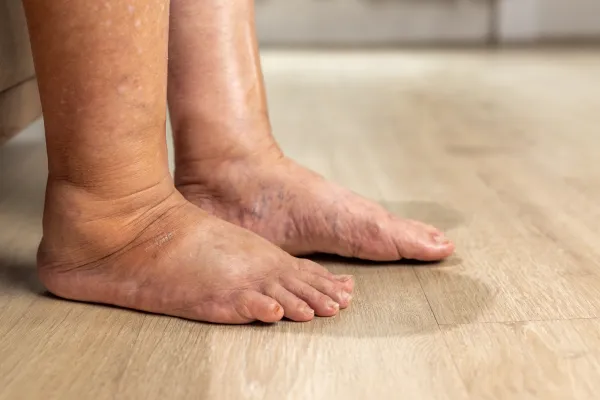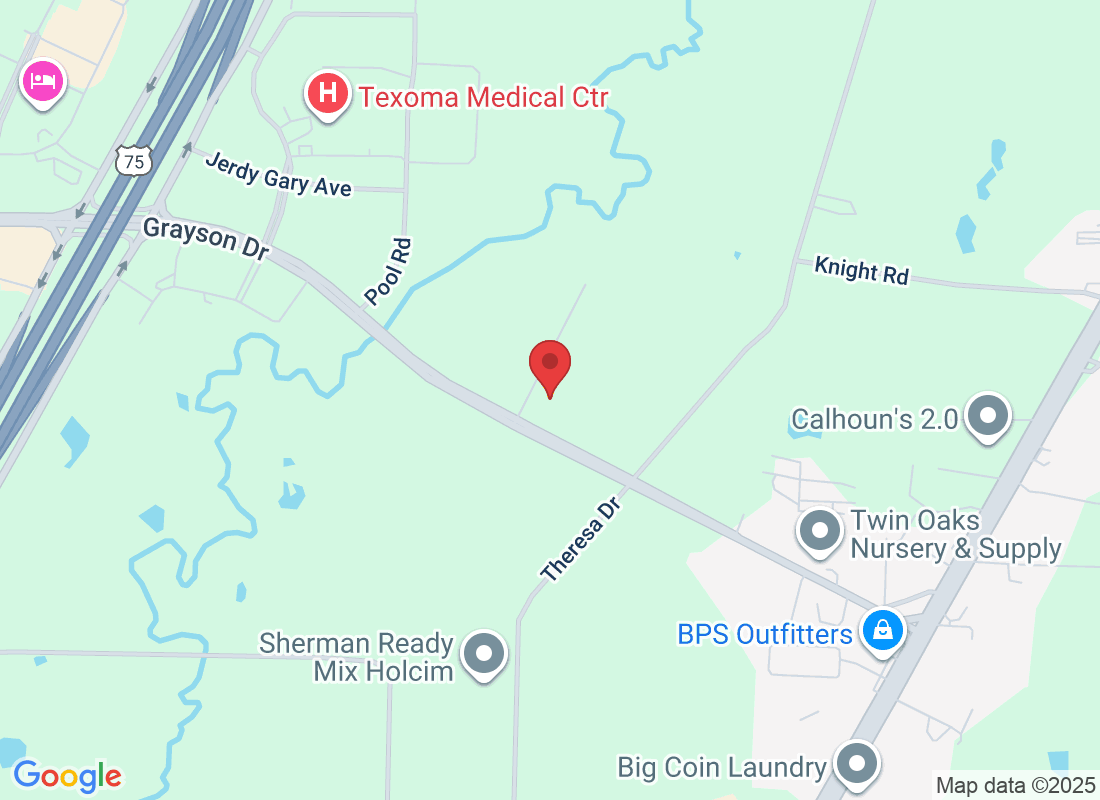
Swollen Feet by Evening: Easy Fixes and When to Get Checked
Why do my feet swell more at night?
You’re not imagining it. As the day goes on, gravity pulls fluid toward your feet and ankles. Add in long hours of sitting or standing, warm weather, salty foods, tight shoes, or certain medications—and swelling (edema) shows up by evening.
Common, everyday triggers:
Sitting or standing for many hours
Heat and humidity
Shoes or socks that squeeze
Higher-salt meals and not drinking enough water
Travel days (car or plane)
Mild strain or overuse of the foot/ankle
Most of the time, this kind of swelling is short-term and improves with simple steps at home. If it keeps coming back, is painful, or is only on one side, it’s smart to get it checked.
Quick relief: 7 easy fixes you can do today
Feet up (above your heart):
Lie down and prop your legs on pillows for 15–20 minutes, 2–3 times today. This helps fluid move back toward your body.Ankle pumps & calf squeezes:
Point and flex your feet 20–30 times. Make small circles. Do this each hour you’re sitting to keep blood and lymph moving.Compression socks:
Choose soft, knee-high socks (most adults do well with 15–20 mmHg to start). Put them on in the morning before swelling begins. If you have diabetes, nerve issues, or poor circulation, talk with us first to pick the right style and fit.Hydrate and cut back on salt:
Drink water through the day, and go lighter on salty snacks and sauces at dinner.Cool rinse or cold pack:
A cool foot rinse or a cloth-wrapped ice pack for 10–15 minutes can calm puffy, warm feet.Gentle self-massage:
Using lotion, sweep from toes toward the ankle and calf. Light pressure helps move fluid toward the center of your body.Check your shoes:
Look for a roomy toe box, soft uppers, and a supportive midsole. Retire worn-out pairs—if the heel is tilted or the sole is flat and spongy, it’s time.
Daily habits that prevent evening swelling
Move every hour: Stand up, walk a few laps, or do 30 calf raises.
Stretch the calf: Hold a wall calf stretch for 20–30 seconds, 2–3 times per leg.
Alternate positions: If you stand at work, use a small footstool to switch feet. If you sit, raise your feet on a low box.
Travel smart: On flights or road trips, walk or stretch every 60–90 minutes; wear compression socks.
Support matters: Cushioned, supportive shoes or well-fitted orthotics can reduce strain that leads to swelling by day’s end.
Skin care: Keep skin moisturized and nails trimmed to avoid small cracks or ingrowns that can inflame the area.
When to get checked—don’t wait on these signs
Call a podiatrist soon if you notice:
Swelling in just one foot or ankle, especially after a twist or unknown injury
Redness, warmth, or pain, or swelling that doesn’t go down overnight
A new wound, blister, or crack that isn’t healing—especially if you have diabetes
Numbness, tingling, or color changes in the toes
History of vein issues (varicose veins, previous clots) and swelling is getting worse
You’re pregnant and swelling is sudden or severe
Go to urgent care or the ER right away if swelling comes with shortness of breath, chest pain, or sudden calf pain. These can be signs of a serious problem.
How Foot & Ankle Texas can help
At your visit, we’ll:
Listen and examine: Check both legs and feet, nails, skin, pulses, and your gait.
Look deeper if needed: Order imaging or simple vascular checks when appropriate.
Make a plan: This may include the right compression level, footwear tweaks, activity and stretch plan, salt and hydration tips, and treatment for any underlying foot or ankle problem (like tendon strain, arthritis flare, or an old sprain that never fully healed).
Protect your skin: If you have diabetes or fragile skin, we’ll show you the safest routine to prevent sores and help small spots heal quickly.
FAQ
Is evening swelling normal?
Mild swelling after a long day can be common. It should improve overnight with elevation. If it doesn’t, let us take a look.
Can dehydration cause swelling?
Yes. When you’re low on fluids, your body may hold on to water. Drinking enough through the day actually helps.
Are compression socks safe if I have diabetes?
They can be, but the fit and level matter. If you have diabetes, neuropathy, or circulation problems, get checked first so we can choose the safest option.
What level of compression should I start with?
Most people start with 15–20 mmHg for daily wear. If you need more (or less), we’ll size and guide you in the clinic.
What if only one foot swells?
That’s a reason to be seen. It could be a tendon injury, joint issue, or a vein/lymph problem that needs care.
Ready for lighter, happier steps?
If your feet are puffy by dinnertime, you don’t have to just “live with it.” Try the easy steps above—and if swelling keeps coming back, we’re here to help you feel better fast and stay active with confidence.
Foot & Ankle Texas — compassionate foot care, right here in our community.
Call us or book online for a same-week appointment.



